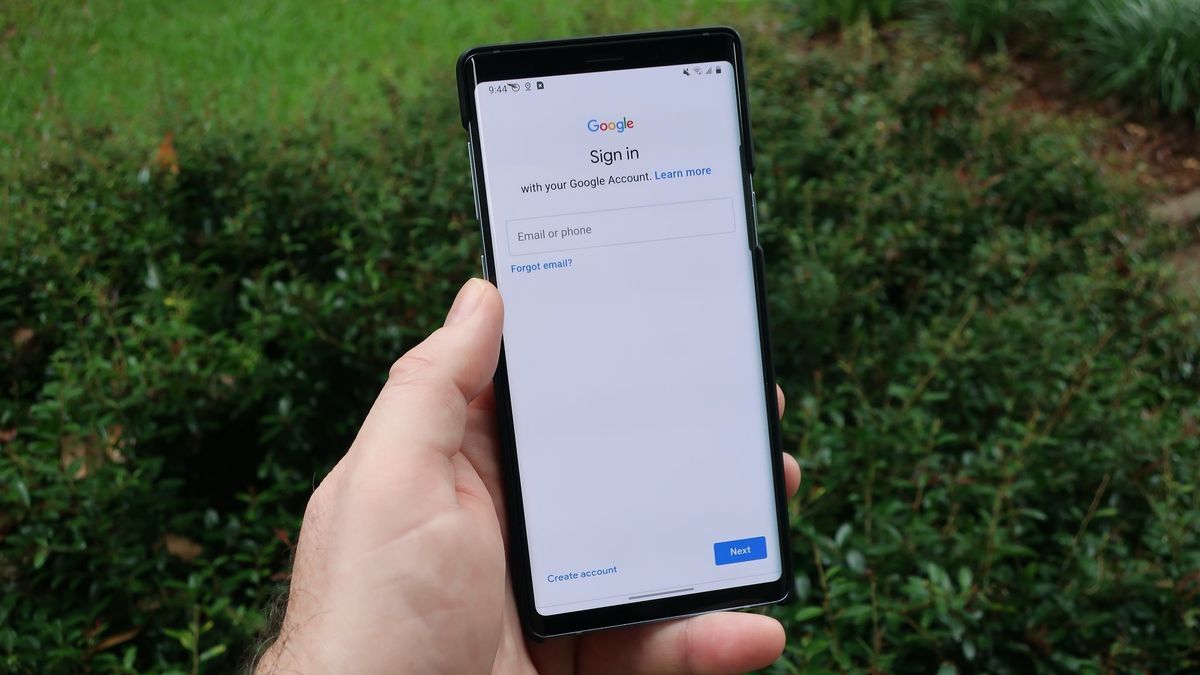- Google starts showing prompts to create and use passkeys to streamline the way you sign in to your personal account.
- You’ll also see a new option to “skip password when possible” in your account settings page.
- Users will still be able to sign in with a password and can opt out of passkeys for the time being.
I’ll stick with my YubiKey for now. Unless there’s something revolutionary with Passkeys
deleted by creator
I don’t understand it. How do you log in from another computer? How do you log out on a shared computer?
You’d use your phone to sign in, since possession of your pass key device is the proof instead of a password.
To log out just click on the log out link or whatever the site has?
https://support.google.com/accounts/answer/13548313?hl=en
The situation seems a bit messed up if you forget your phone or can’t access it though.
Exactly.
This is one of those things that are a good thing but could be really bad if they don’t have a way to backup or export the passkeys.
If they don’t, a lot of people who break their phone will get locked out of their account, but if they allow backups then at the very least it’s not guaranteed to lose access.
Assuming this is done right though it’s gonna be great for account security
the article fails to properly explain what it even is.
great sign.
I’ve read quite a few articles about this stuff and I still have no idea how it works. That’s probably just me.
I’m a programmer, and I agree with you that the article can be a bit confusing. To put it simply, Google’s passkey feature is a type of two-factor authentication (2FA) that eliminates the need for a traditional password. Instead, you get a short code generated randomly.
Here’s how it works: When you choose passkey as your authentication method on a website, a randomly generated password is stored in the website’s database. This password is also registered with Google’s passkey service and is used as an ID token. When you want to log in, you need to use your phone or another device that supports passkey authentication to confirm your identity, sort of like a ‘handshake.’
This method enhances security while simplifying the login process. In theory.






